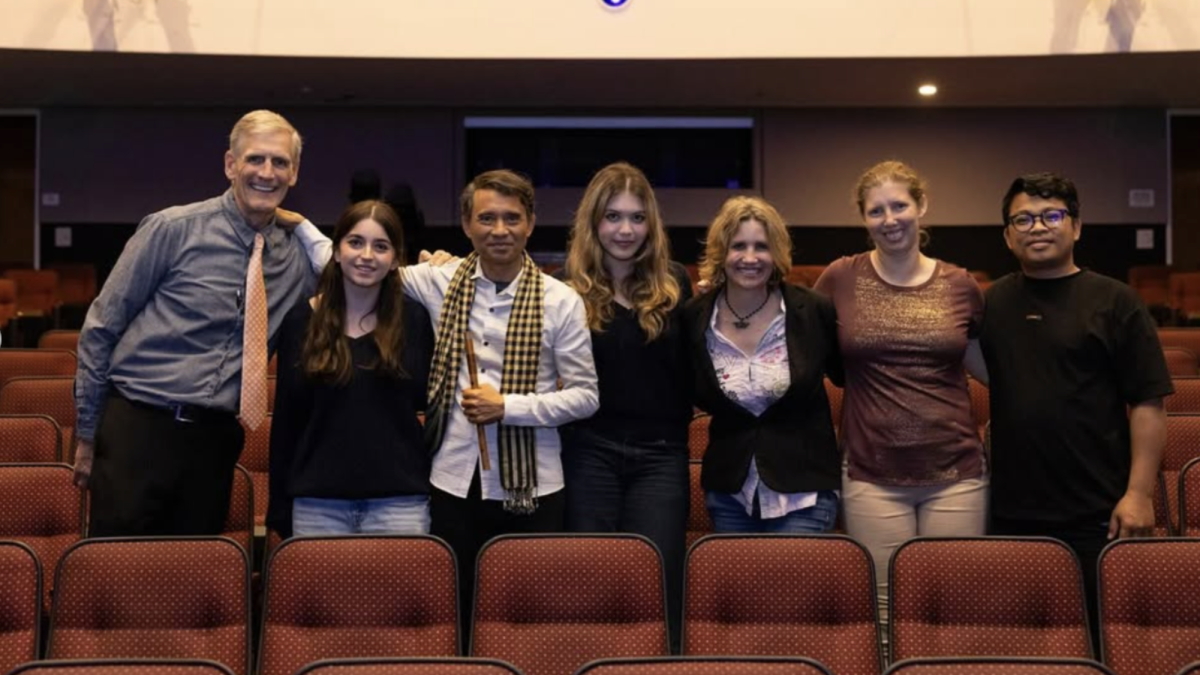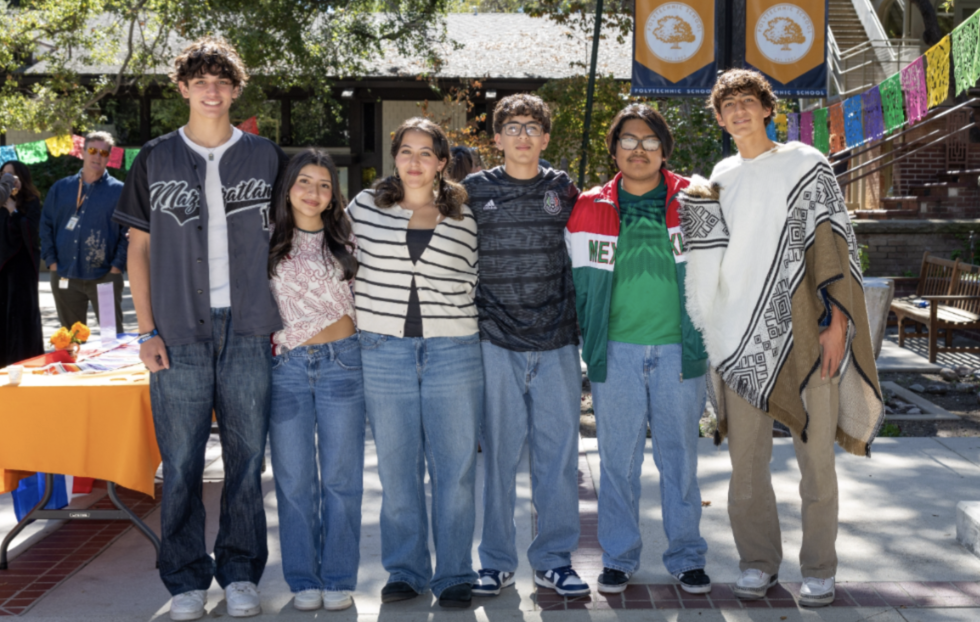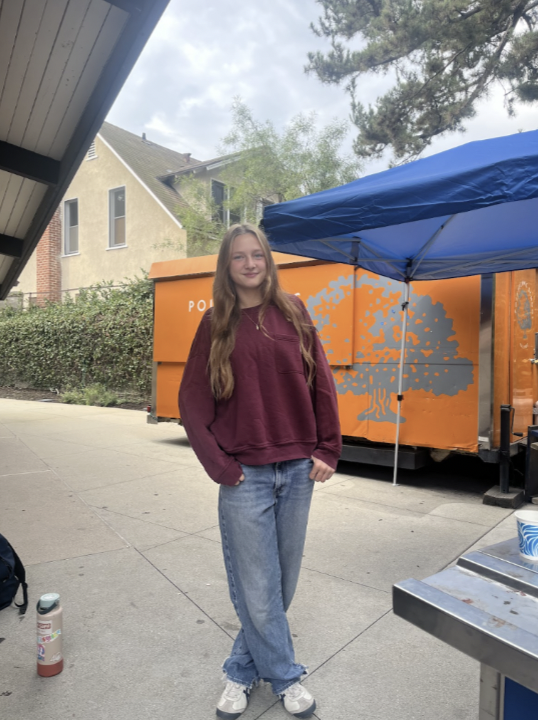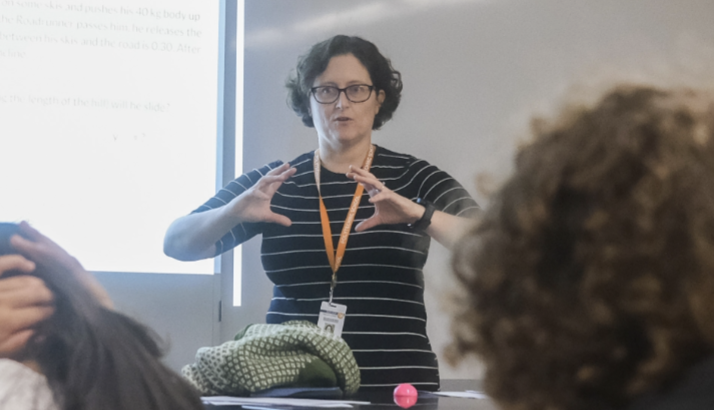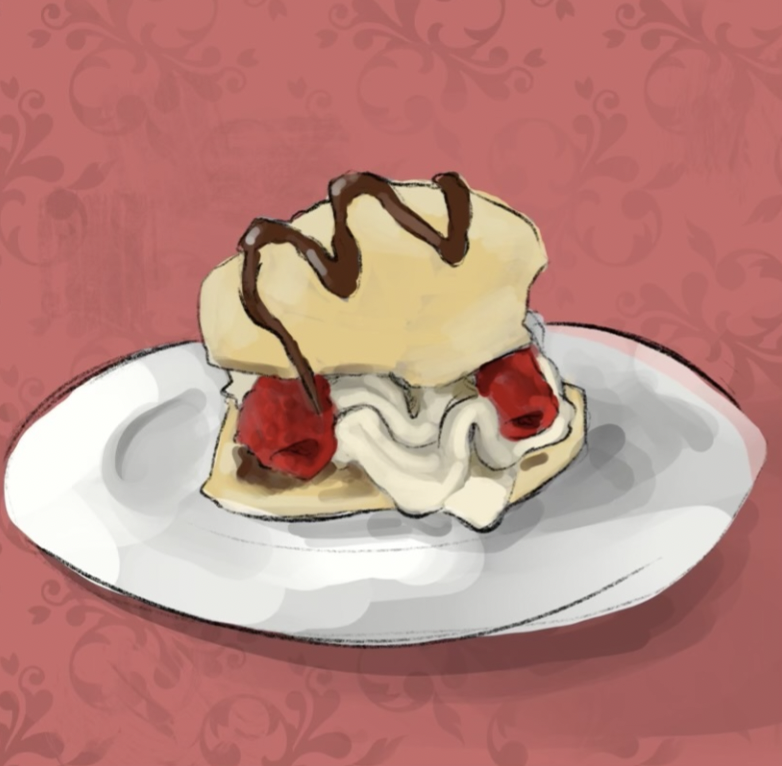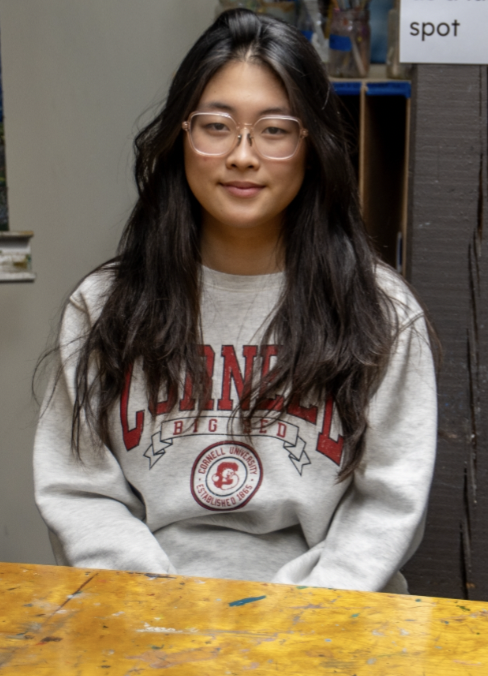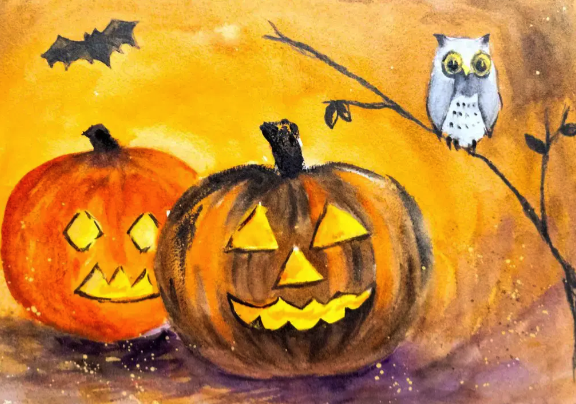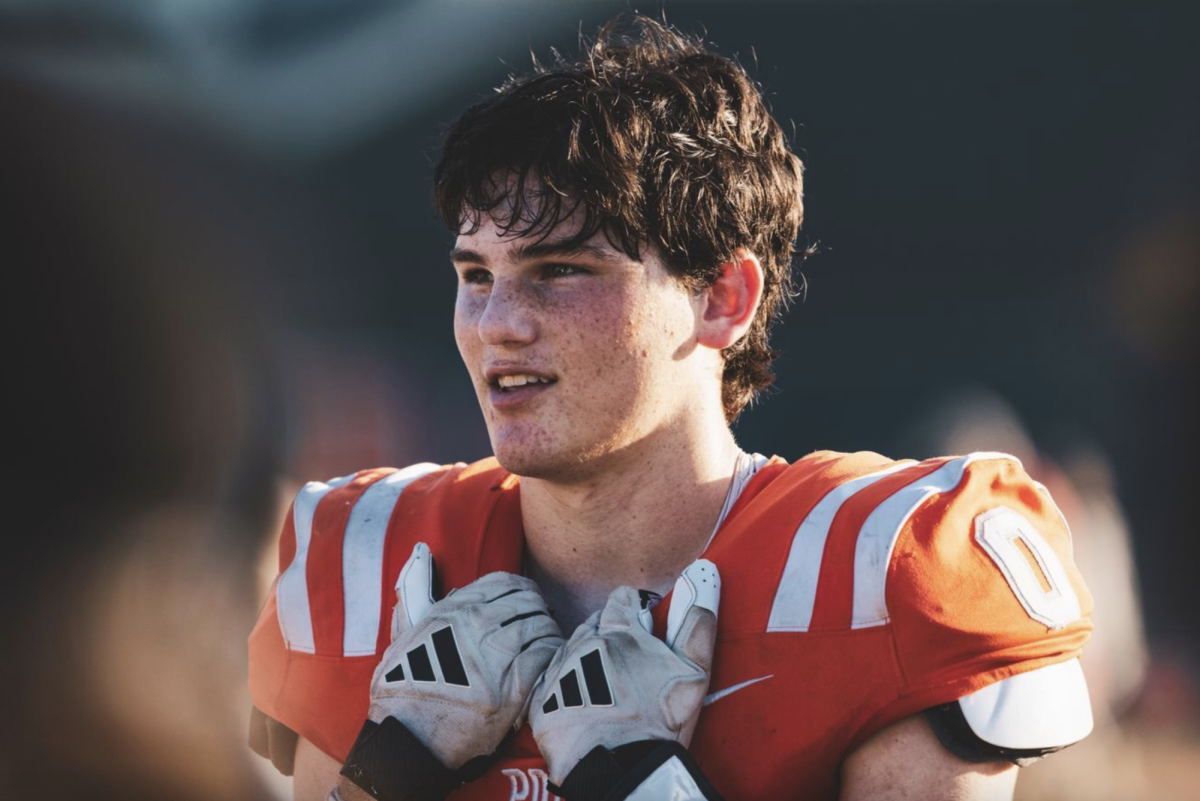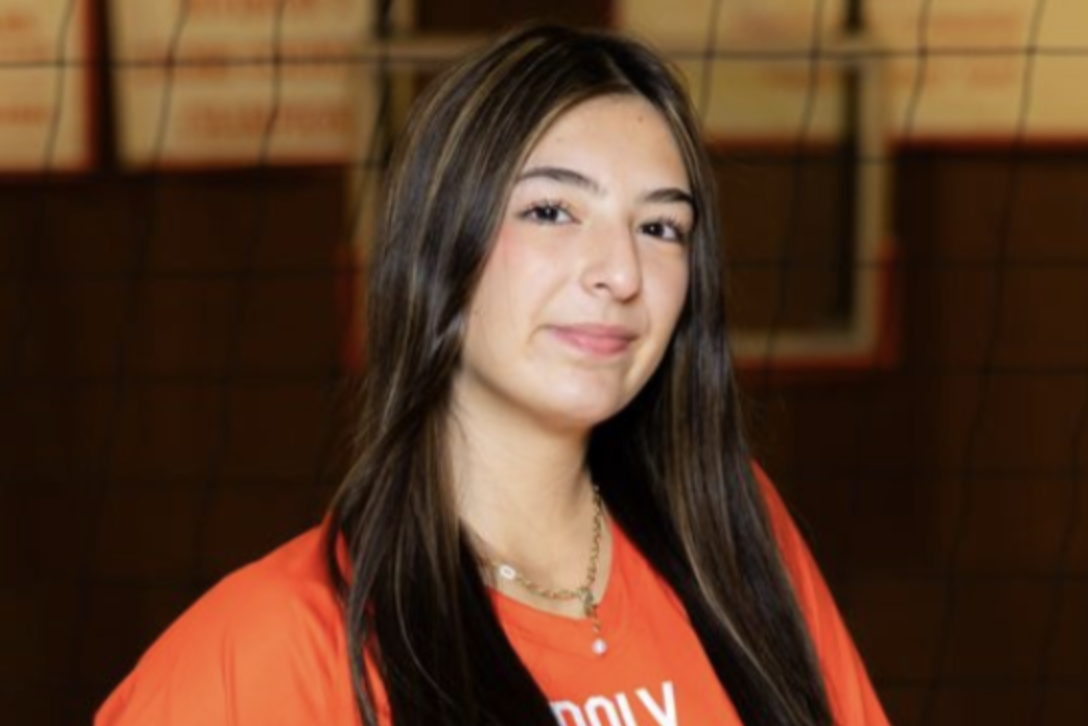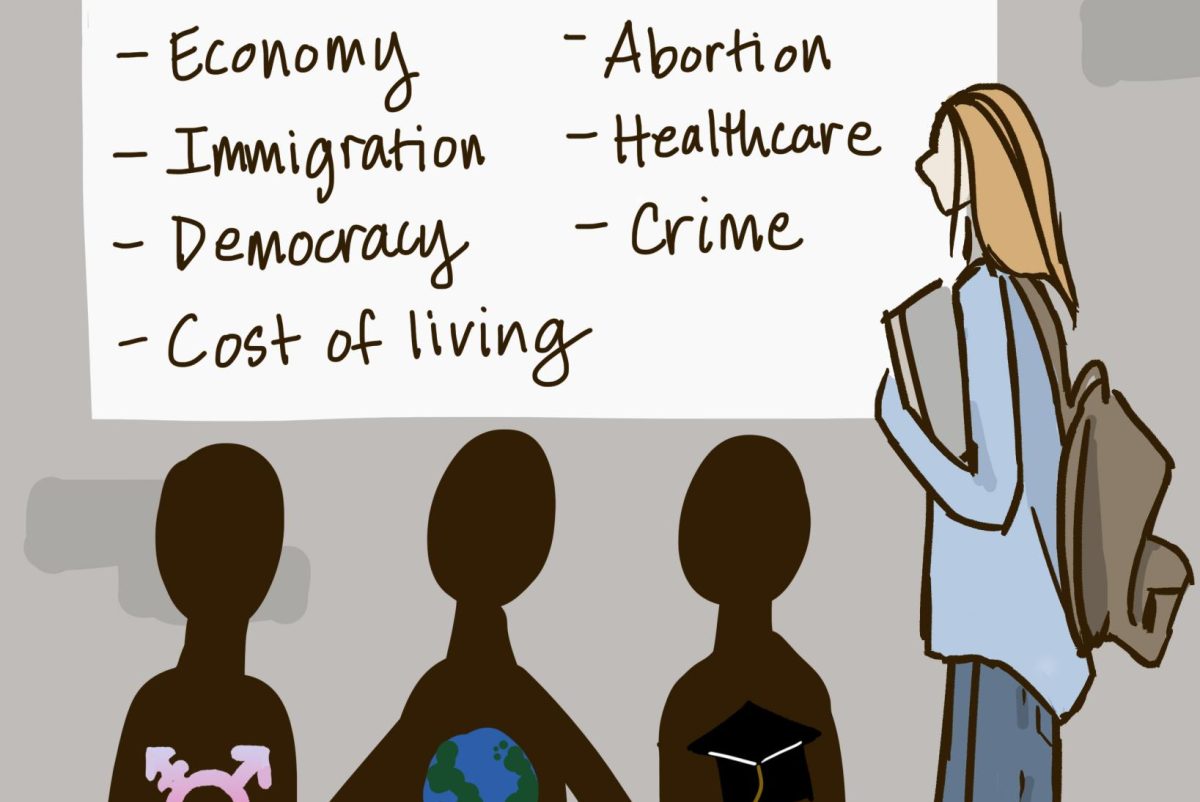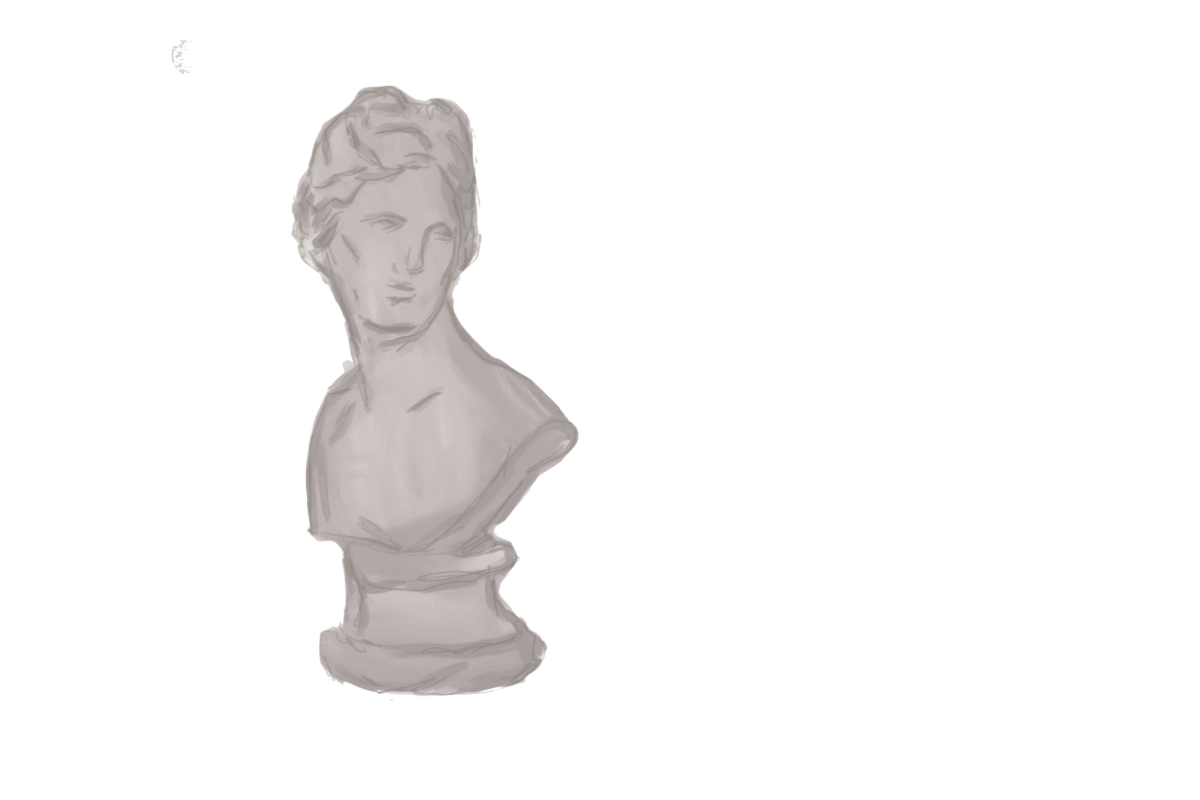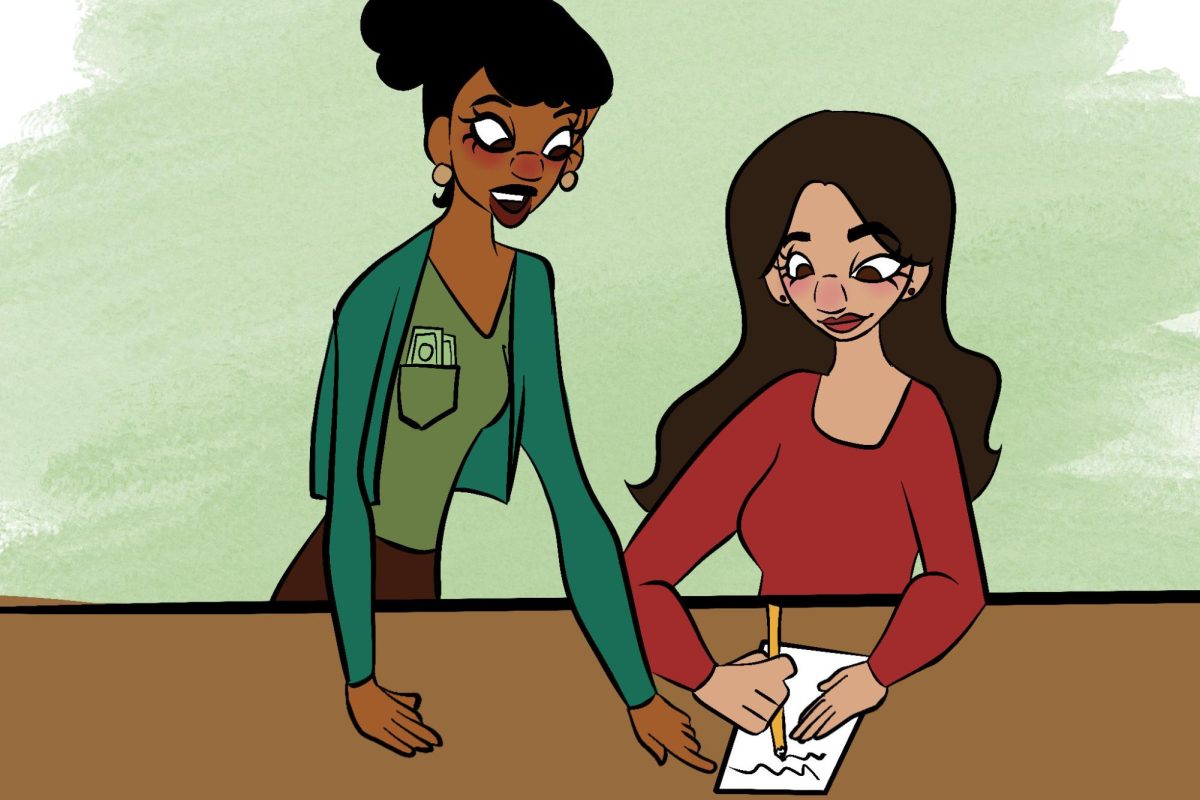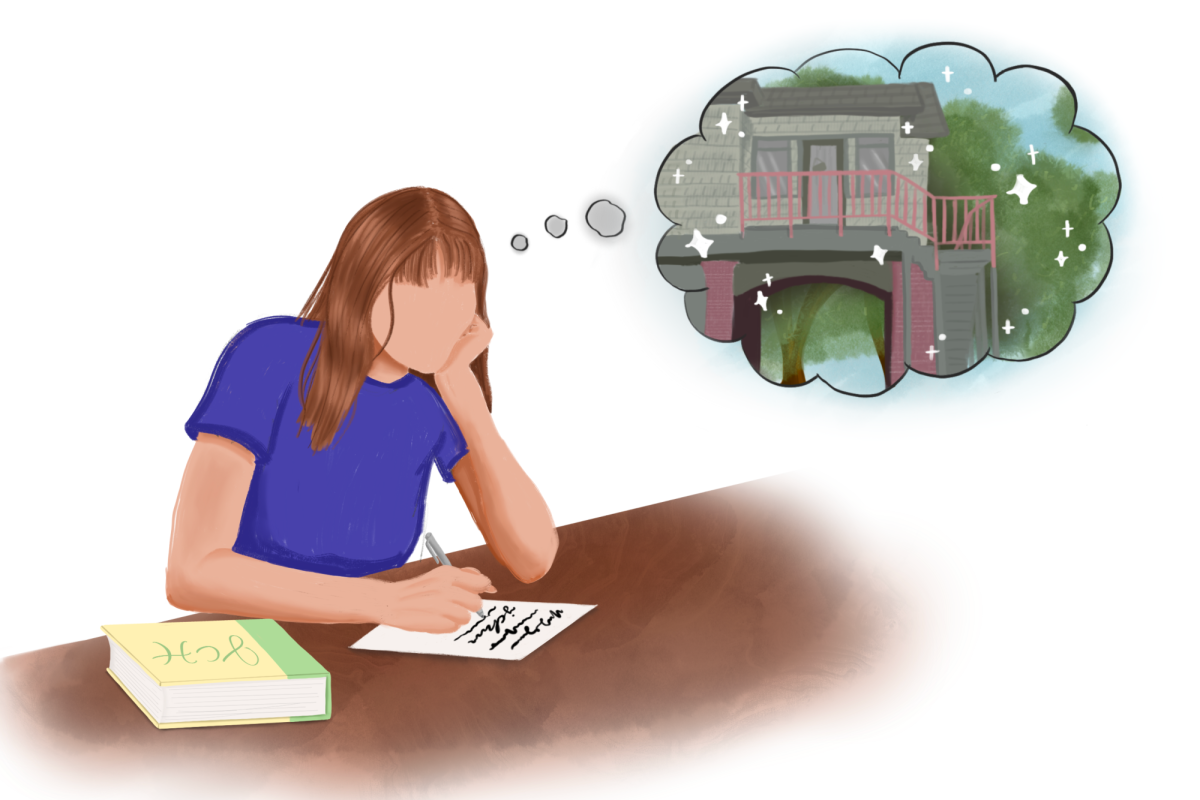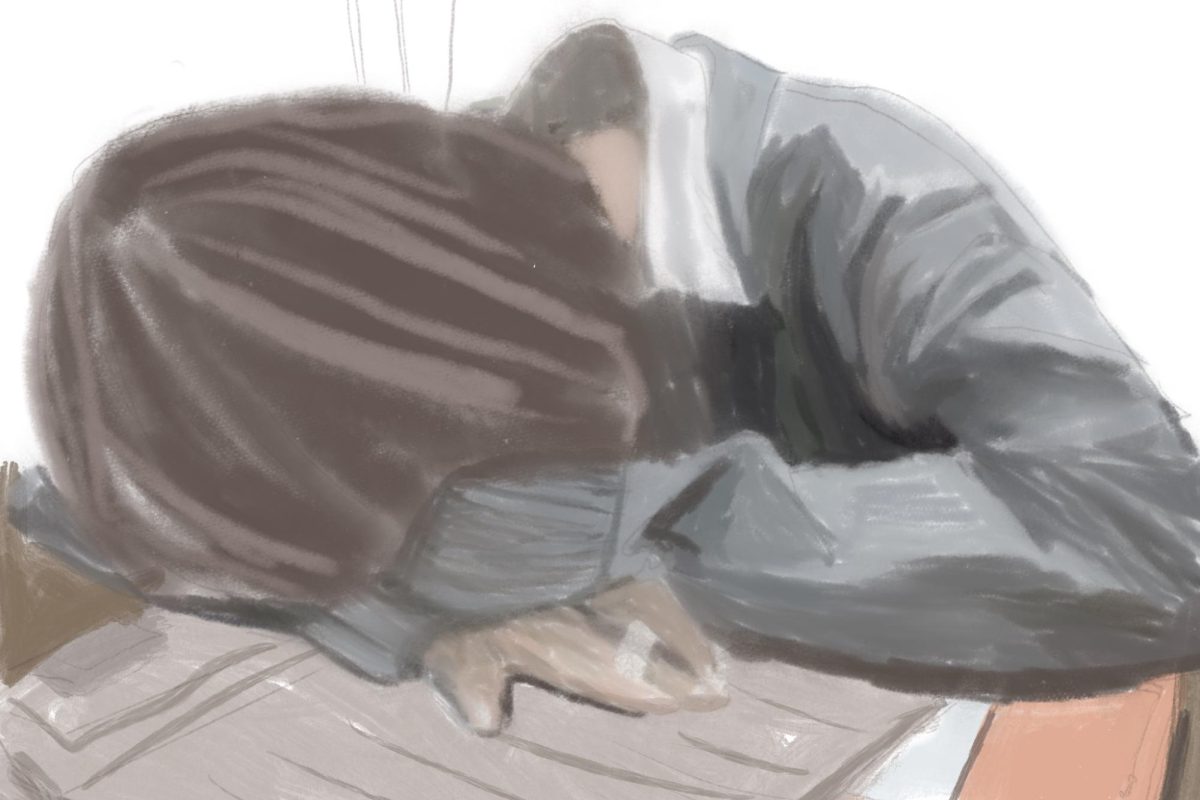I’ve never been a morning person, but in the summer and early fall, I quickly and enthusiastically climb out of bed to start my day. For years, my time in bed has increased exponentially during the winter months; I go to sleep earlier and linger longer in the mornings as my motivation to rise from bed dwindles. The same goes for students around the world who experience the same characteristic fatigue and melancholy, known medically as Seasonal Affective Disorder (SAD).
As the winter months usher in colder weather and shorter days, Seasonal Affective Disorder, a type of depression that’s related to changes in seasons, shares the same list of symptoms as those who experience Major Depressive Disorder (MDD), including a loss of interest in previously enjoyed activities, difficulty sleeping and concentrating, feeling irritable, a sense of hopelessness and low energy.
Since SAD is less prevalent in sunny southern California, a psychiatrist at UCLA Behavioral Health Associates argues Californians are less likely to connect their symptoms of depression with the changing seasons because it’s less common and, therefore, not seek help. However, Californians can be more prone to SAD because of their adaption to the warm weather, making the shortage of support a risk to a student’s mental and academic well-being.
When students first open their books to study on a cold winter evening, the sun has usually set long ago. As shown by Poly’s 9-12 assessment calendars, teachers tend to assign an overload of work in order to finish their current units between the three weeks of Thanksgiving and Christmas, as well as the two weeks after winter break before the start of the second semester. While the lack of sunlight may not seem critical, the impact of the weather on the struggle to maintain productivity, specifically with an overload of upcoming assessments, easily leads to burnout.
With viruses like the flu, COVID-19 and RSV being at a peak during winter months, students have a greater predisposition to illness. Missing even one day of school accumulates a mountain of work that takes a massive effort to complete, and with the way sickness can knock out students for unpredictable periods, those who are sick constantly worry about their work when they should be healing instead.
Sophomore Daniel Ismagilov missed the entirety of block week due to illness, forcing him to take his midterms after winter break. He shared, “Having to make up everything I missed during block week after winter break made my already busy winter even more stressful and left me worried about my upcoming exams during the break, keeping me from relaxing and enjoying my time off.”
Going to school in southern California, Poly’s outdoor campus lacks space for students to eat their lunch in a warm room when there’s no rain, making the motivation to socialize even harder for some than it already is. Although this idea isn’t popular with the librarians because students often do not clean up after themselves, the newly rearranged library, with multiple sofas, tables and a separate area for quiet study, is the ideal space to welcome students to eat when the temperature lies below 60 degrees.
It’s difficult to fight seasonal depression when the cure is months out of reach, but it’s possible to feel more emotional stability by purchasing a sun lamp, a common tool used to regulate serotonin and melatonin, control sleep cycles and reduce anxiety. Additionally, reaching out to loved ones, as well as connecting with a professional psychologist, can help combat the blanket of isolation individuals often feel.



